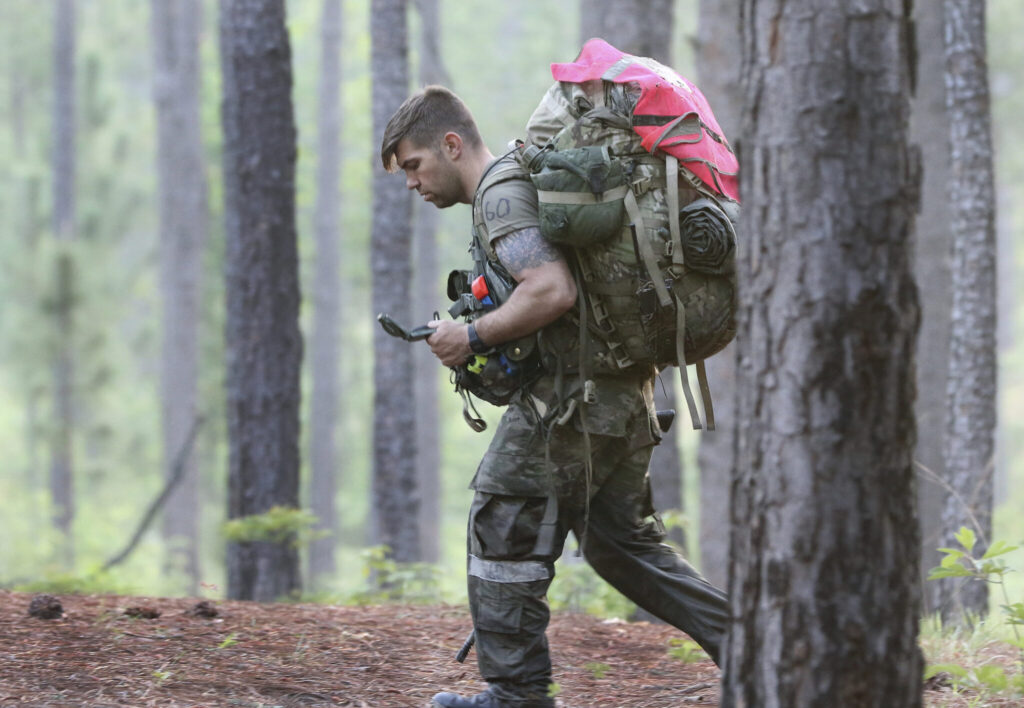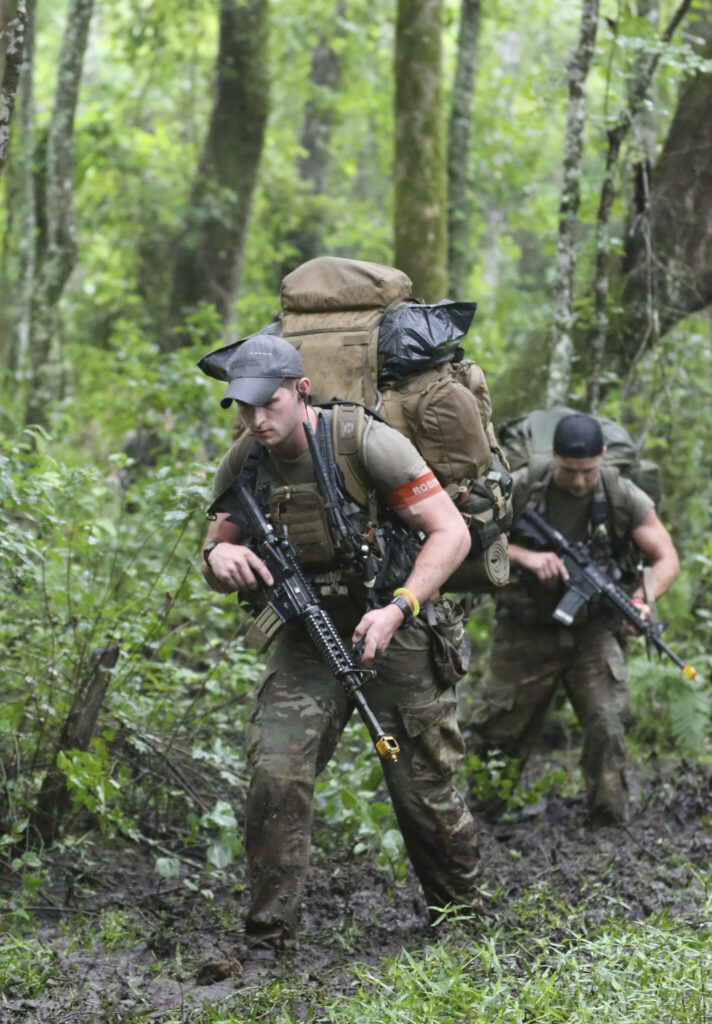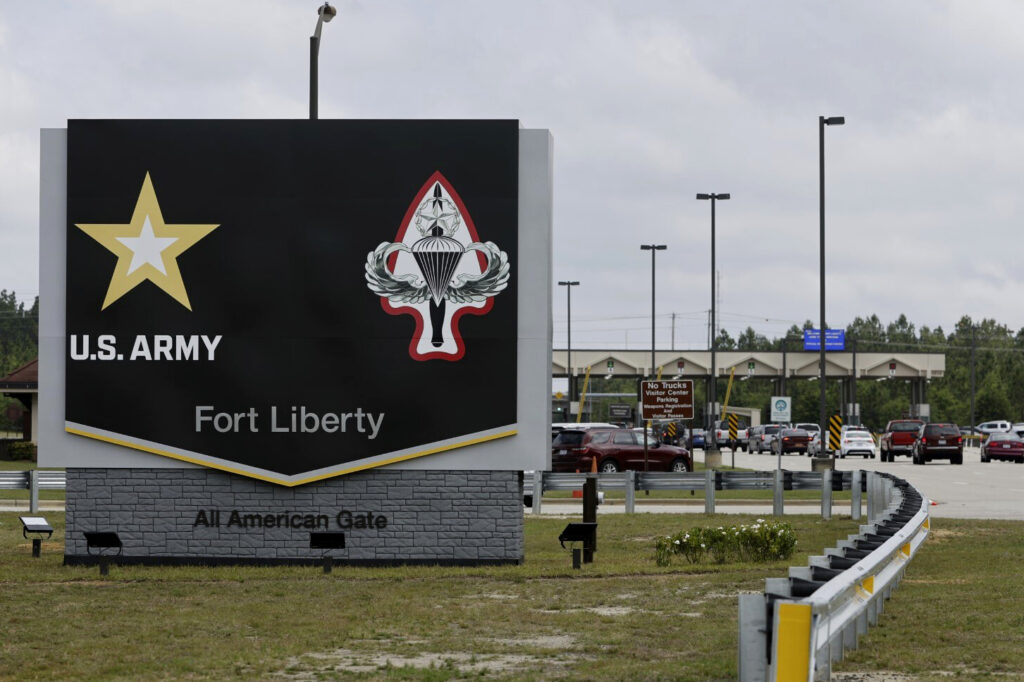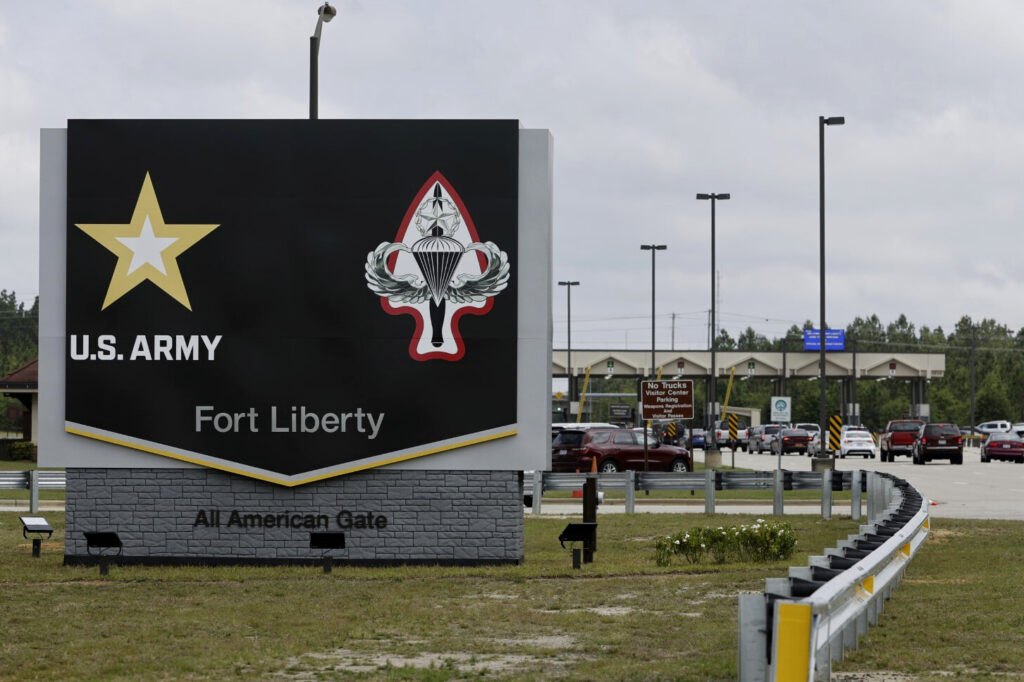Forced to do more with less and learning from the war in Ukraine, U.S. special operations commanders are juggling how to add more high-tech experts to their teams while still cutting their overall forces by about 5,000 troops over the next five years.
Quick Read
U.S. Special Operations Adapting and Downsizing
- Adapting to New Demands: U.S. special operations leaders are adjusting their strategies by incorporating more high-tech expertise within their teams while simultaneously facing a reduction of about 5,000 troops over the next five years.
- Influences from Ukraine: The restructuring is partly inspired by lessons learned from the war in Ukraine and insights from British special operations, emphasizing the need for more technical skills like drone programming and cyber expertise in combat scenarios.
- Increasing Team Specialization: The U.S. Army Special Operations Command is considering enlarging Green Beret teams to include roles such as software engineers and other specialists to enhance their technical capabilities.
- Workforce Reduction Challenges: The downsizing comes as part of a broader Army initiative to decrease overall troop numbers by 24,000, driven by shifting focus to large-scale combat and difficulties in meeting recruitment goals.
- Congressional Concerns: The troop cuts, especially those impacting Army special operations, have sparked debates in Congress, with some lawmakers questioning the impact on military effectiveness.
- Future Focus on Technology and Efficiency: As part of adapting to reduced numbers, special operations forces are focusing on integrating more advanced technologies, such as robotics and sensors, into their training and operations, aiming for greater efficiency and capability in a leaner force structure.
The Associated Press has the story:
US special operations restructure amid cuts & learning from Ukraine war
Newslooks- FORT LIBERTY, N.C. (AP) —
Forced to do more with less and learning from the war in Ukraine, U.S. special operations commanders are juggling how to add more high-tech experts to their teams while still cutting their overall forces by about 5,000 troops over the next five years.
The conflicting pressures are forcing a broader restructuring of the commando teams, which are often deployed for high-risk counterterrorism missions and other sensitive operations around the world. The changes under consideration are being influenced by Russia’s invasion of Ukraine, including lessons learned by British special operations forces there.
U.S. Army Special Operations Command, which bears the brunt of the personnel cuts, is eyeing plans to increase the size of its Green Beret teams — usually about 12 members — to bring in people with more specialized and technical abilities. One possibility would be the addition of computer software experts who could reprogram drones or other technical equipment on the fly.
But similar changes could ripple across all the military services.

“A 12-person detachment might be upgunned,” said Gen. Bryan Fenton, commander of U.S. Special Operations Command. He said an Air Force pilot, Navy ship driver, cryptologist or cyber expert may be needed as battlefields become more challenging and high tech.
The United States is “taking a lot of lessons learned out of the experience in Ukraine, mostly through the eyes of our U.K. special operations partners, who not only have done that in their formations, but they’ve also learned very quickly that they needed other elements of their joint force,” he told The Associated Press in an interview.
As an example, he said British commandos needed Royal Air Force pilots to help advise on drone operations and Royal Navy teammates “to help them understand, more than a SOF (special operations forces) teammate could, the way a ship in the Black Sea navigates.”

The bulk of the cuts stem from the Army’s decision to reduce the size of its force by about 24,000 and restructure its troops as the U.S. shifts from counterterrorism and counterinsurgency to focus more on large-scale combat operations. The Army also has struggled to meet recruitment goals and had to reduce the overall size of its force.
Army Special Operations Command, which Fenton said is absorbing about 4,000 cuts ordered over the past year and a half, is looking at bringing in people with high-tech skills.
“I think one of the questions is how much can you teach a Green Beret versus some of these specialties are extremely technical,” said Maj. Gen. Patrick Roberson, deputy commander of the command at Fort Liberty in North Carolina. “You can teach a person about how to use a drone. But then to say, I want to have a software engineer program that drone, that’s something different.”
The cuts to Army special operations forces have triggered some congressional opposition, including during recent Capitol Hill hearings where lawmakers noted the impact at Fort Liberty. Fenton also spoke bluntly at the hearings about the growing demand for special operations forces.

He said U.S. regional commanders around the world consistently want more and that cutting the forces means “we’ll be able to meet less of what they demand. And I think we owe the secretary of defense our assessment as we go forward.”
For years, during the Iraq and Afghanistan wars, the number of special operations forces and support staff grew, particularly since they were often spread out in small, remote bases where they needed additional security and other logistical help. Now, Pentagon leaders say the numbers can shrink a bit.
Fenton said a cut of about 2,000 personnel in special operations was ordered by the department about a year and a half ago, including about 750 in the Army. That was followed this year by a cut of 3,000 in Army special operations. The cuts are to be spread out across five years.
“So the real Army reduction in totality is almost 4,000, and the remaining 1,000 will come from the joint force, SEALs, Marine raiders, other Army units,” said Fenton.
For Roberson, the question is where to cut his Army troops. “Cuts have a way of crystallizing your focus and your view of, okay, what’s important to me? What’s the future? What do I really need to have,” he said in an interview in his Fort Liberty office.
He and other Army leaders said a significant percentage of the special forces cuts are in slots that are already open so would not affect existing personnel. Roberson estimated that at least 30% of the cuts are in those open jobs.
For other reductions, he said he is looking for redundancies, including among trainers and instructors. Army leaders have also said that psychological operations and civil affairs, both part of the Army command, are facing cuts.
“At the end of 20 years of war, it’s always a good time to look back and say, OK, what did I have when this started? What did I learn? What did I do, what was important to me?” Roberson said.
And even if all teams are not boosted in size, he said the Army needs to be able to quickly augment them with specialists. In some cases a mission might need just a couple technical support members, and other times could need six or seven, he said.
More broadly, as his forces absorb the cuts, their training must also be changed or increased to include more technology, robotics or sensors and signals intelligence information, Roberson added. Right now, he said, his troops are experimenting with the various options at the National Training Center in California and out in the field in Iraq and Syria.
Adaptability is the key, he said, and “we have to figure out how we’re going to make the most of this.”







